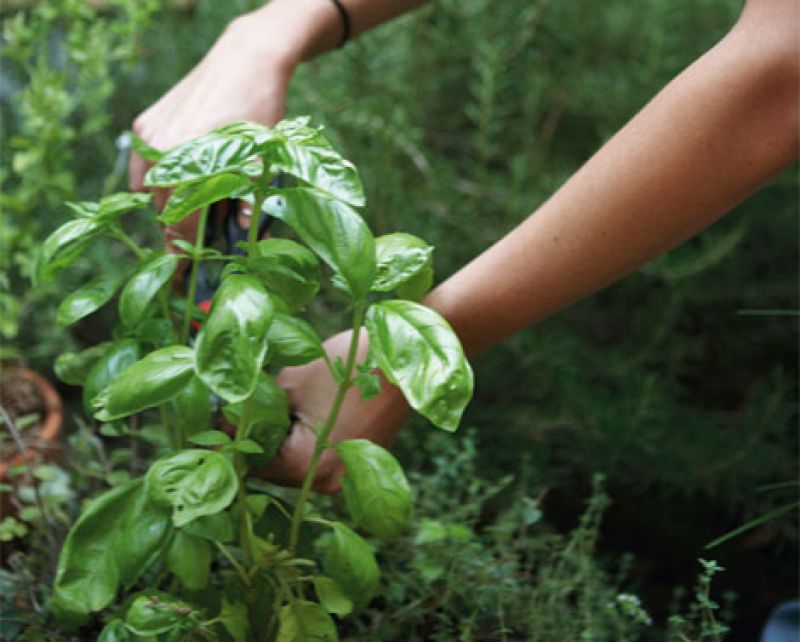
1. “Be prepared,” suggests Ries. Keep clippers and a big piece of plastic in your car at all times. “This will cut down on the mess in your car.”
2. “Eyeball them,” she says. If the plant is still green, chances are, it can recover.
3. Make sure the plant’s root system is intact and still in soil. “It’s even better if the plant is thrown out in its pot,” says Ries.
4. Don’t rule out dry soil. Even a parched plant can be salvaged.
5. Beware of plants with vines or weeds attached. The uninvited guests will be introduced into your garden upon planting.
6. Look for well-established plants. Mature greens have a good chance of survival. “Sometimes when neighbors are redesigning their landscape, well-established plants are dug up and put roadside,” notes Ries.
7. Keep your eyes open for palms and ferns. “They can get down to the nub and still come back,” says Ries. Vines like Confederate jasmine and bougainvillea are also high on the list of plants receptive to transplantation, but orchids are among those Ries will pass on. “They probably will not bloom again no matter how well you take care of them,” she offers.
After getting your salvaged plants to their new abode, place them in an appropriately sized pot with soil and compost or an organic fertilizer, which is less harsh than conventional varieties. From there, Ries’ advice is simple: “Give them a good home.”